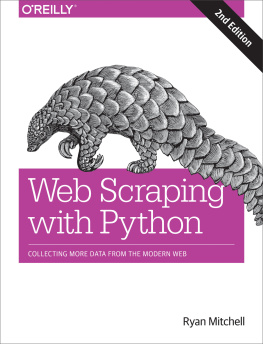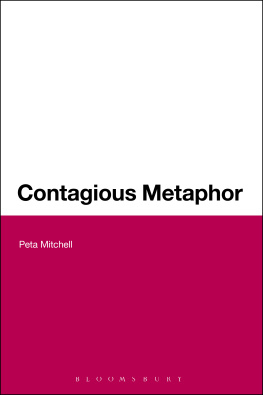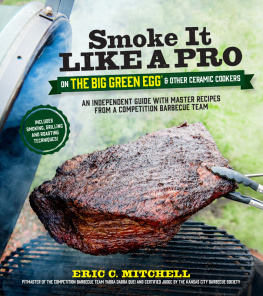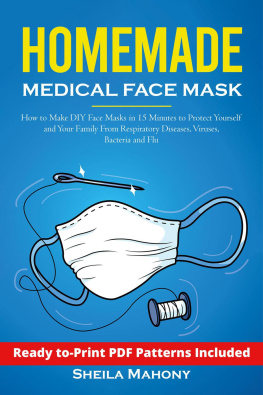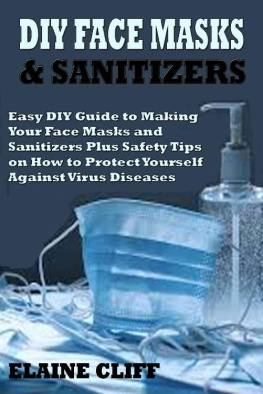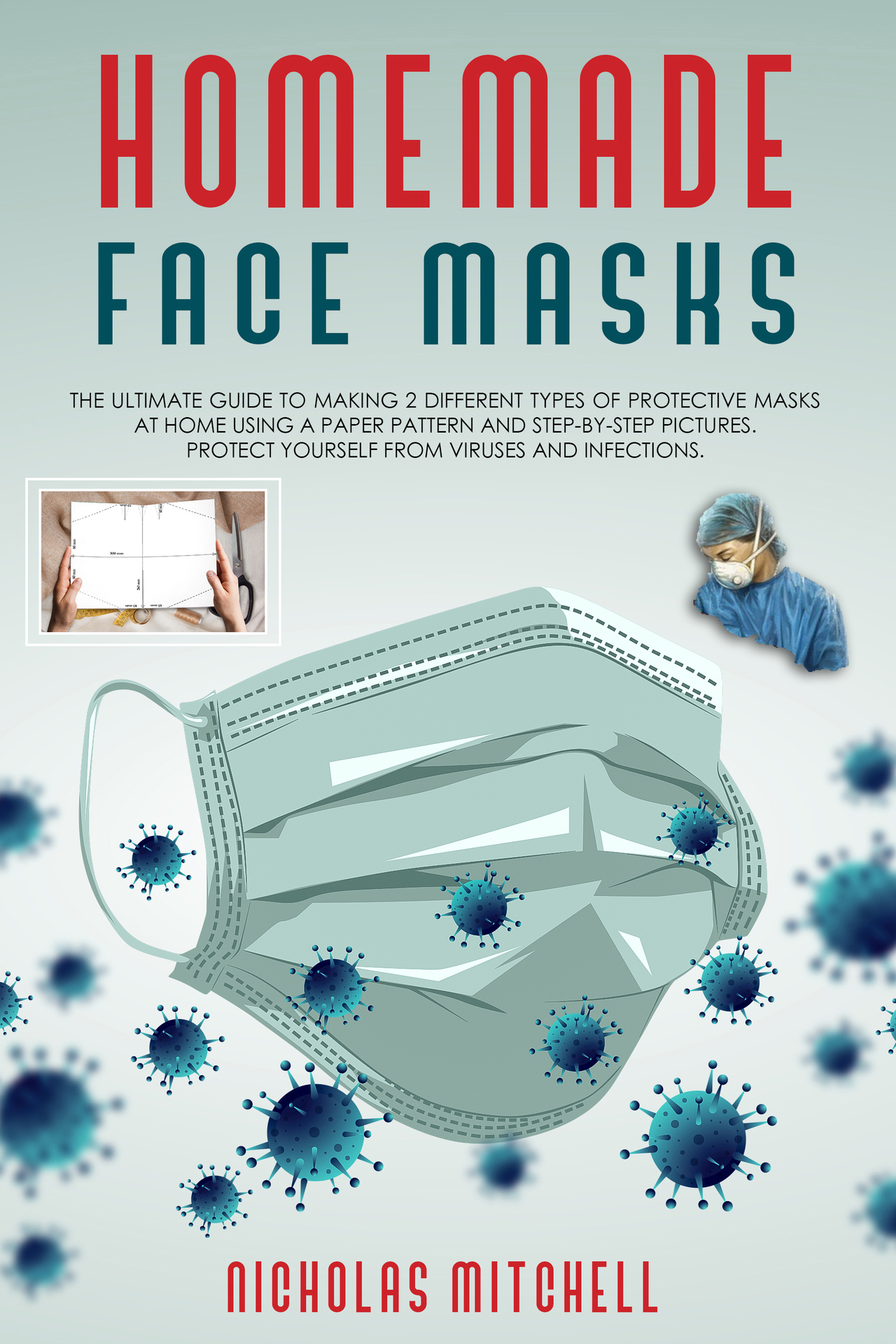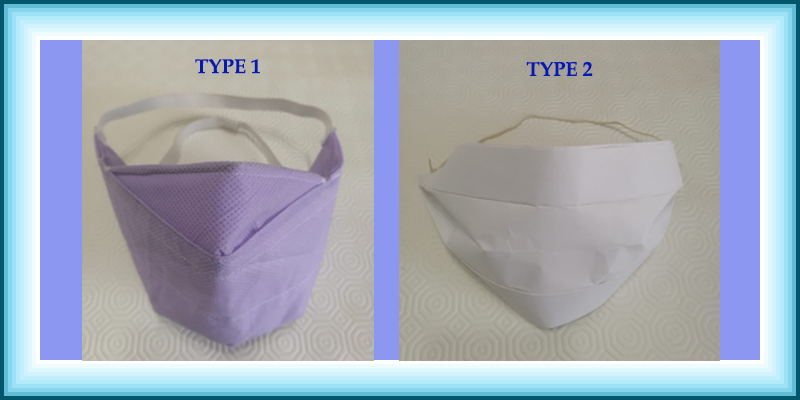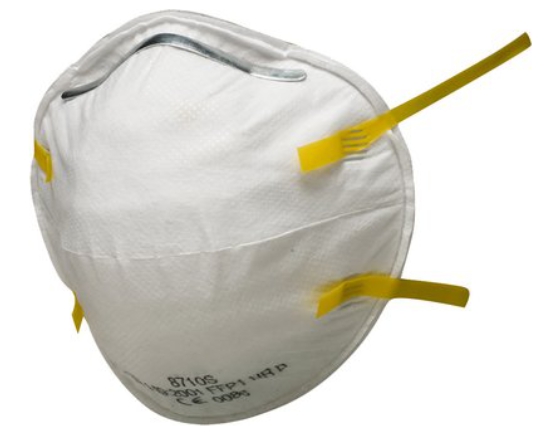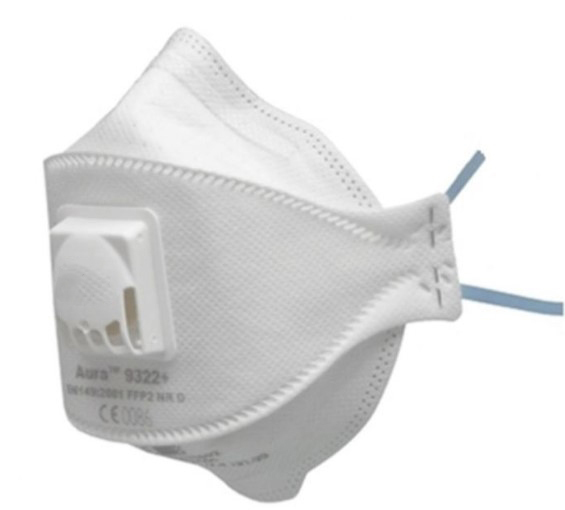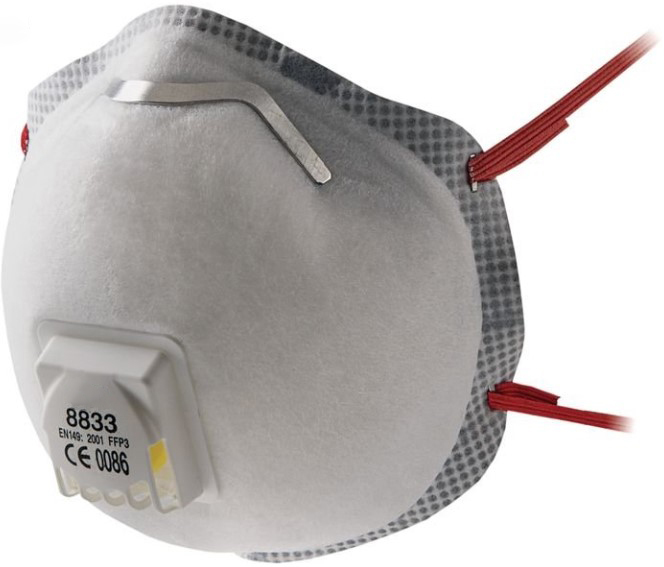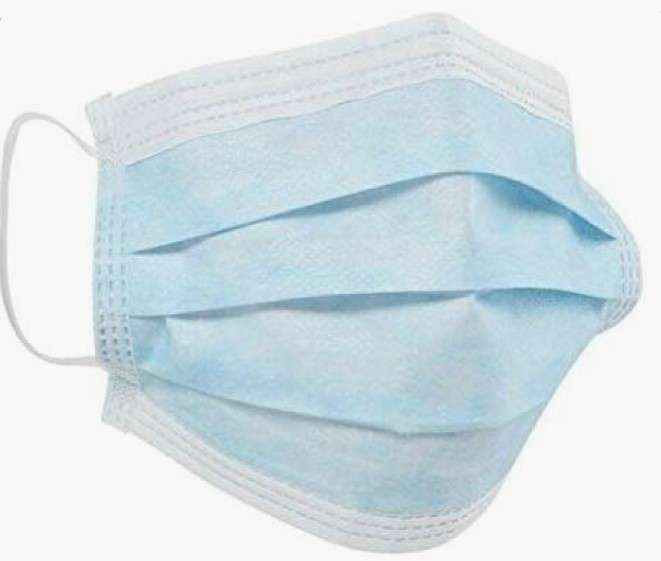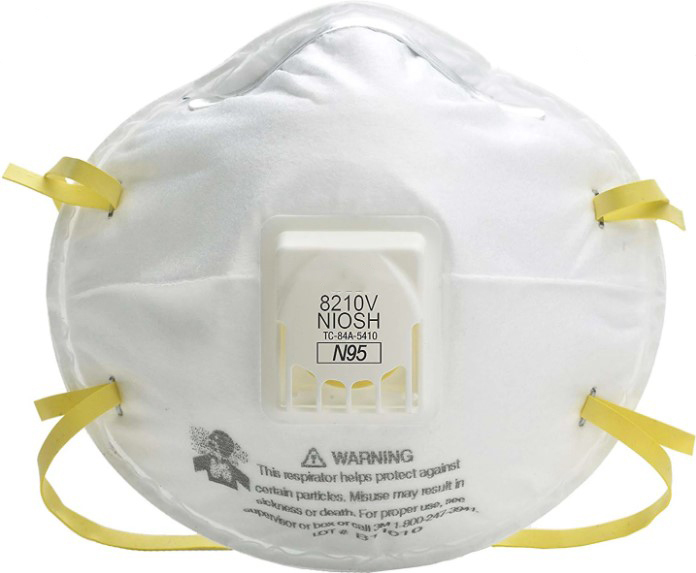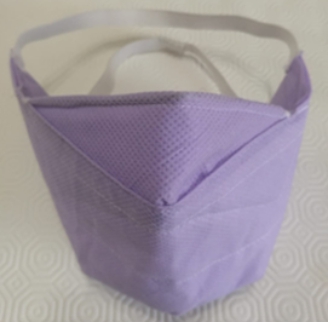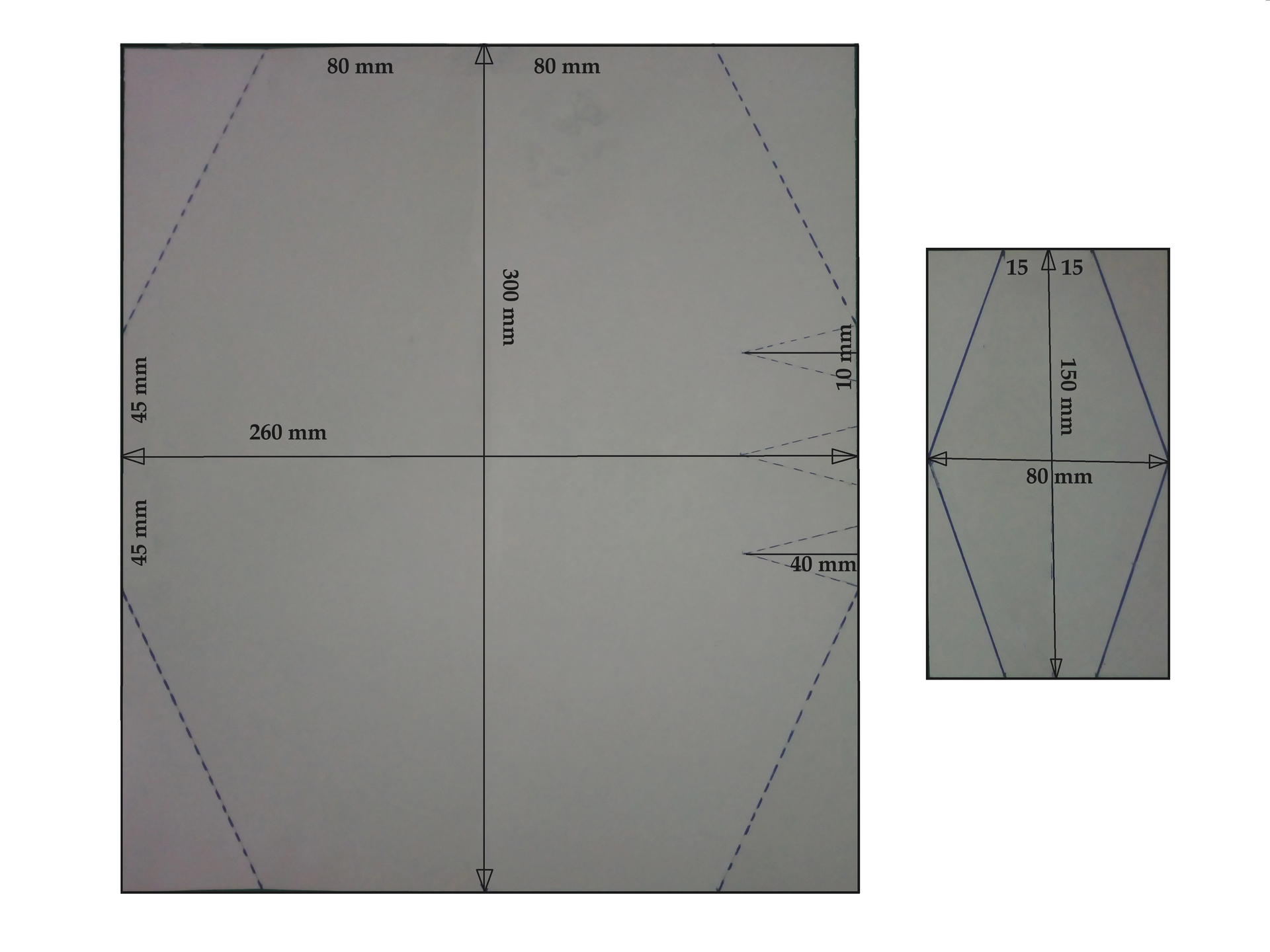HOMEMADE FACE MASKS
THE ULTIMATE GUIDE TO MAKING 2 DIFFERENT TYPES OF PROTECTIVE MASKS AT HOME USING A PAPER PATTERN AND STEP-BY-STEP PICTURES.
PROTECT YOURSELF FROM VIRUSES AND INFECTIONS.
Nicholas Mitchell
Table of contents
-
-
-
-
-
-
-
-
-
-
-
-
-
-
-
-
-
Introduction
In this guide we will show you how to make 2 different types of protective face masks at home using easily available materials and with simple steps that anyone can do without special skills. In this period of virus pandemic emergency this practical guide could save the lives of many people since the masks on the market may not be enough for everyone and difficult to find in stores.
First of all is very important to know what are the various masks categories on the market, their protective characteristics and their differences. After that we will describe the necessary steps to make a mask at home which obviously is not certified like those on the market but which has almost the same characteristics. Reading this guide, we can all contribute to the protection from infection with appropriate precautions and anyone can wear his mask without worrying about not being able to buy one.
How to Choose the Right Face Mask? Differences and main categories
The first thing you need to know is that the masks differ in 2 macro categories: those to protect against viruses and those to protect people from chemical and dangerous substances present in some works. In this emergency situation both are used. Filtering masks against micro particles present in the air and toxic substances are very common in working environments and are divided into 3 protection classes: FFP1, FFP2 and FFP3 where the abbreviation FFP stands for "Filtering Face Piece".
These masks are mandatory in environments where the limit value of the maximum contraction of dust, smoke and aerosol in the air is exceeded (OEL: Occupational Exposure Limit).
Surgical masks and other models such as the N95 are often used in medical and hospital environments. We see below the characteristics of these masks and the categories of use.
FFP1 Masks
The masks of the protection class FFP1 filter at least 80% of the particles found in the air up to 0.6 microns (m) in size and can be used when the occupational exposure limit value (OEL) is not exceeded by more than 4 times. In the construction sector or in the food industry, respiratory masks of the FFP1 class are almost always sufficient. Inhalation does not cause disease but can irritate the respiratory tract and represent pollution.
FFP2 Masks
The masks of the protection class FFP2 are used in environments where the air contains substances harmful to health and capable of causing genetic alterations. These must capture at least 94% of the particles found in the air up to 0.6 microns (m) in size and can be used when the occupational exposure limit value (OEL) reaches a maximum concentration 10 times higher. Respiratory masks of protection class FFP2 are used for example in the metallurgical industry or in the mining industry. Here workers come into contact with substances that cause the development of respiratory diseases such as lung cancer and which increase the risk of tuberculosis.
FFP3 Masks
The masks of the protection class FFP3 offer maximum protection with a total loss of 5% max. and a necessary protection of at least 99% from particles up to 0.6 microns (m) in size. They are also able to filter toxic, carcinogenic and radioactive particles. These respiratory masks can be used in work environments where the occupational exposure limit value (OEL) is exceeded up to 30 times. These are used for example in the chemical industry.
Surgical masks
The most popular and cheaper masks are called surgical masks (or traditional face masks) that we usually see worn by doctors and dentists. These masks protect the respiratory tract (nose and mouth) from direct contact with secretions. For this reason, it seems that they are not adequate for the prevention of viruses and diseases easily transmitted by air.
Furthermore, it seems that they do not adhere perfectly to the face, protecting the nose and mouth insufficiently. However, some experts claim that these masks protect others and not the wearer, so if they were all worn, they could be a good Personal Protective Equipment (PPE: P ersonal P rotective E quipment)
N95 Masks
N95 masks filter 95% of the molecules in the air and are considered a better protective alternative than a surgical mask, as they offer greater filtering capacity and adapt better to the face. Some types may have an exhalation valve, which can help with breathing and the buildup of heat and humidity.
Step by step tutorial to make your mask with paper pattern and picture
Here you will find the simple steps to create two types of face masks, the materials and the necessary tools to make them.
Type 1 face mask is completer and more professional than Type 2 which is much simpler and faster, useful for emergency situations.
Homemade mask - Type 1
This first type of face mask is quite complete, has a good filtering level, it adapts well to the face and is very similar to the masks on the market.
You can see the final result in the following picture:
Materials & Tools
Needed materials:
- Non-woven fabric or other fabric that you deem appropriate. Filter and
plush fabrics are strongly recommended
- Paper pattern
- Baking paper
- Soft iron wire
- Elastic tape
Needed tools:
- Scissors
- Pencil
- Ruler
- Sewing machine or, failing that, hand sewing
Time: 15 minutes
Step 1: Paper pattern with measures
Starting from two paper rectangles (300mm X 260mm and 150mm X 80mm),
create the following paper patterns as shown in the following picture (all measures are in millimeters):
Here the conversion in inches:
300 mm = 11,8 inches
260 mm = 10,2 inches
45 mm = 1,8 inches


